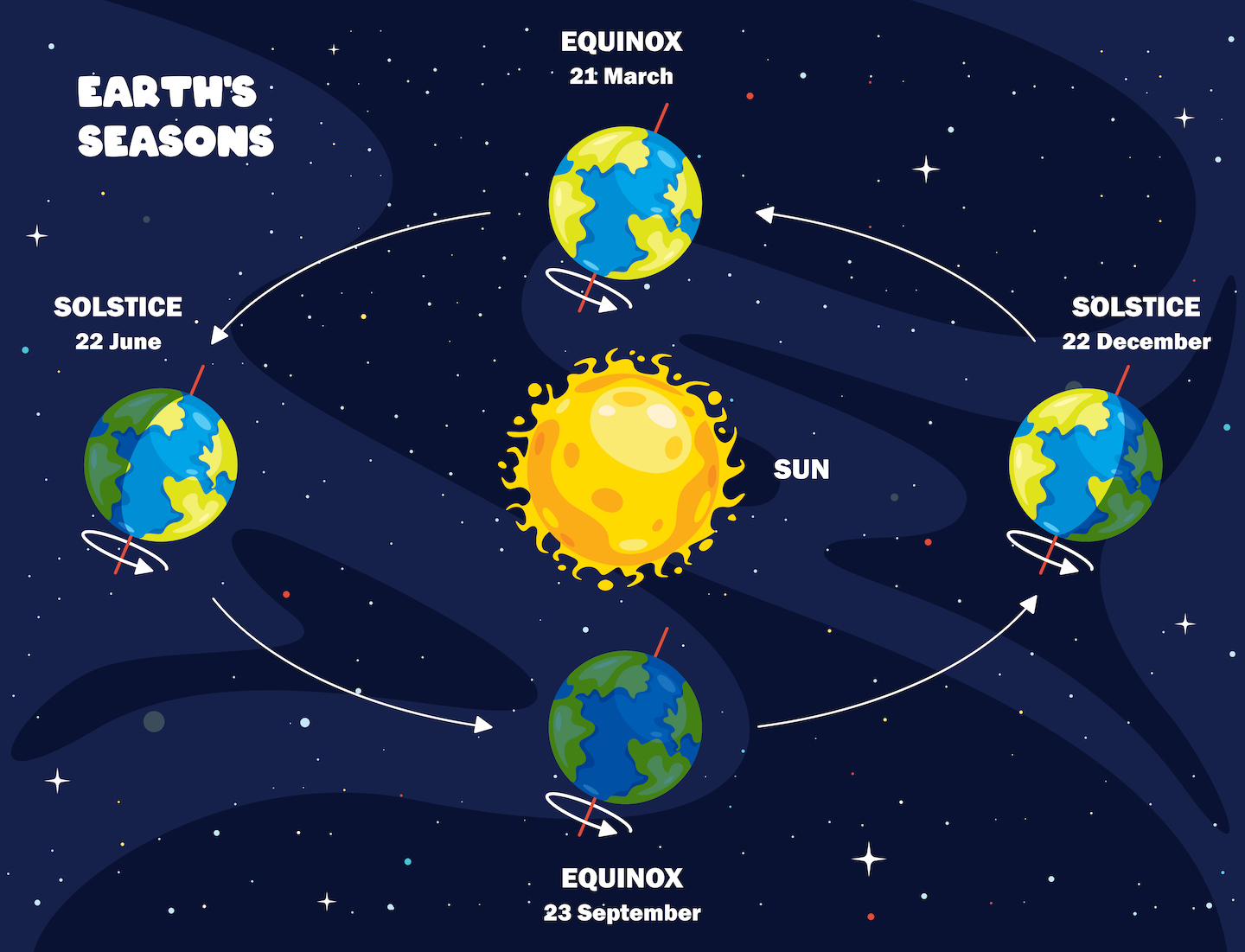Scientists Say: Equinox and Solstice
Equinoxes and solstices mark the start of Earth’s seasons

Hundreds of millions of people in Central Asia, the Middle East and elsewhere around the world celebrate the new year, or Nowruz, on the spring equinox. Here, a table is set up with symbolic Nowruz items, such as an apple, garlic and coins.
Germán Vogel/Getty Images









